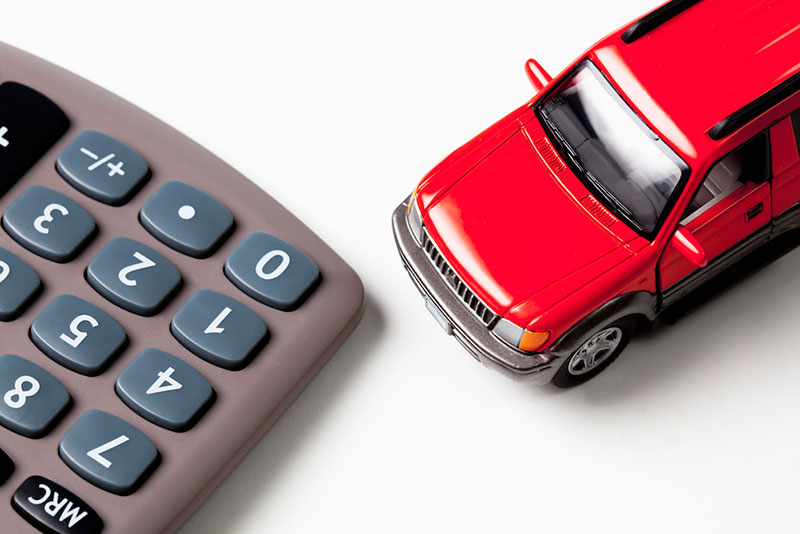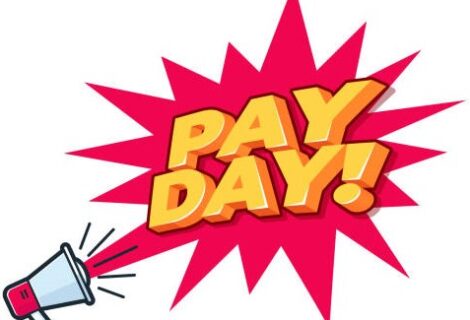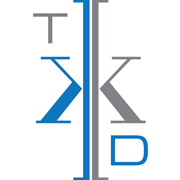Correctly Claiming Personally-Owned Vehicle Expenses
When a shareholder uses his or her own vehicle in the course of business in Canada, deductions from company revenue can be claimed. But you have to know the rules of the taxation road to avoid a collision with the Canada Revenue Agency (CRA)!
NOTE: If your corporation owns the vehicle you drive, none of what’s mentioned below applies.
Spend Your Own Money
Avoid spending money on your personally-owned vehicle from your company’s bank account. As shown below, only part of the expense is eligible. All of it will become taxable income to the shareholder, and only a portion of it will be used separately as an eligible business expense.
No Matter What, Keep a Distance-Driven Log
Not having a distance driven log is the number 1 error made by shareholders who drive their vehicle for business purposes. It might be a pain, but this effort will put (and keep!) money in your pocket. Worth it!
There are two basic methods:
- Manual – This is a hand written logbook bought for about $5 at Staples. You need a habit of entering information daily (ugh, I know!). There’s lots of space to enter expenses for fuel, repairs, insurance, etc. (Or, you can create your own spreadsheet. But that’s harder to fill in when you are out on the road, and harder still to catch up with upon your return.)
- Smartphone app – If it takes only seconds to record trips, would that be easier? We like the app MileIQ because it uses your phone’s GPS to measure the distance from stop to stop, called a “trip.” After making trip notes (who, what for), you swipe the trip’s screen left or right to indicate a business or a personal trip. Very slick! And it produces very readable reports. It’s less than $100 each year for a very good way to keep track of distance driven easily and accurately.
Keep in mind:
- You must record ALL of your distance driven and/or expenses, both business and personal. As I will illustrate below, the accountant pro-rates the amount of the eligible deduction using the proportion of business vs. total distance driven.
- Record all your vehicle expenses, business and personal. For example, record that you bought gas on a vacation trip. You’ll get some of that as a deduction.
- If you cannot support all claims with documentation the CRA has the right to disallow some or all of these expenses.
Two Methods: Expenses vs. Distance Driven
You may claim deductions using one, or the other, but not both methods. During the course of your fiscal year it’s wise to measure both. Then compare and choose what benefits you most.
Method 1: Expenses
Typical expenses are fuel, repairs, and maintenance (e.g. oil changes, new tires). You record everything (and keep copies of receipts!), even when the expense occurs during your personal use of the vehicle.
Method 2: Distance Driven
Record all kilometres you drive. In your logbook, spreadsheet, or app, make note of which was for business or personal. Keep in mind the following:
- Trips home to/from your office are not business trips according to the CRA.
- Trips home to/from a customer meeting are.
- Just because you gassed up and went inside to buy a snack, cigarettes and lottery tickets, those are NOT eligible!
- If you use for business purposes two (or more) different personally-owned vehicles then you’ll need to record ALL distance driven for ALL vehicles SEPARATELY to claim deductions.
- Exception: If you are driving someone else’s vehicle (e.g. coworker’s or a rental) then DO NOT record distance. These kms. are ineligible to claim. (Record separately if you are to be reimbursed by a third party.)
- Don’t pay yourself out during the course of the year. It will be considered an Owner’s Draw and become taxable income.
Choosing the Best Method
“Best method” means the way your company gets the largest deduction from revenue. Let’s see how this works with an example. Let’s assume the following occurred during fiscal year 2021:
- Fuel: $1,993.36
- Repairs: $862.98
- Maintenance: $235.45
- Road tolls: $36.00
- Vehicle insurance: $1,250.00
- Car loan interest: $2,106.18
- Total distance driven: 21,438 kms.
- Business distance driven: 16,326 kms.
Using Expenses
Total expenditure: $6,483.97
Percentage business kms: 76.15%
Available deduction: 76.15% of $6,483.97 = $4,937.83
Using Distance Driven
For 2021 the CRA rates are $0.59/first 5,000 km, and $0.53 each additional km.
Available deduction: $0.58 x 5,000 + $0.52 x 11,326 = $8,789.52
Conclusion: Clearly, in this example, the distance driven method is best. The $8,789.52 deduction from income will result in corporate tax savings of about $1,300 (assuming a 15% marginal corporate tax rate).
Taking a look at the two methods, we can see several different scenarios are possible:
- If the proportion of business kms. driven was much less, then the two methods’ results would be much closer
- An older vehicle would presumably have more repair and maintenance expenses, and so the two numbers would be much closer
This is why it’s often advantageous to record BOTH expenses and distance driven. It’s another thing you can do to pay the least amount of corporate tax possible.
Summary
- A personally-owned vehicle can be used as a business expense so long as the CRA’s rules are respected and you gather and document key information.
- ALL personally-owned vehicle expenses should be paid from your personal, not the company’s, bank and credit card accounts.
- You may select either the recorded-expenses/distance-driven ratio method or the distance-driven method to calculate the deduction from business revenue, but not both.
- Unless you know which method’s best for your company, it’s wise to do both methods and compare at year end.
- You may not want to pay yourself out for the kilometres driven of your own vehicle; it might be a taxable benefit. Let your accountant help decide what’s best at year end.










